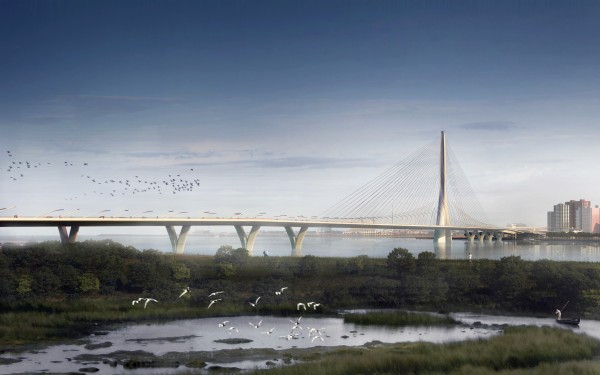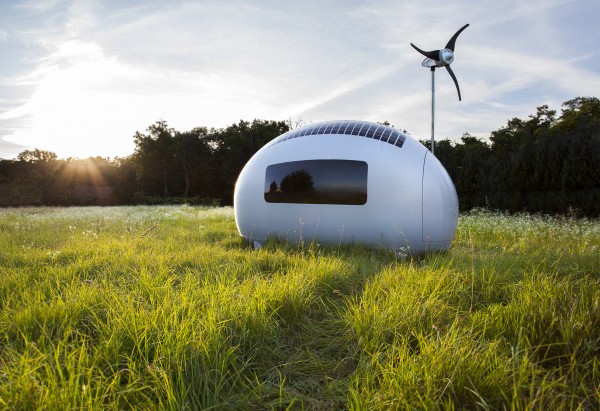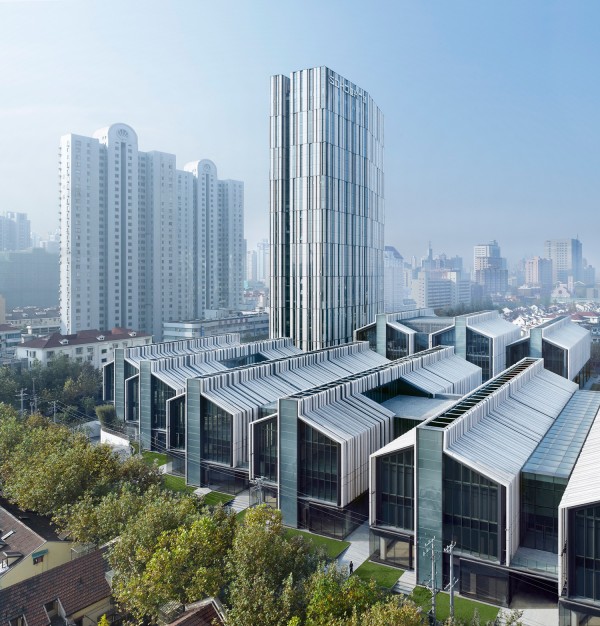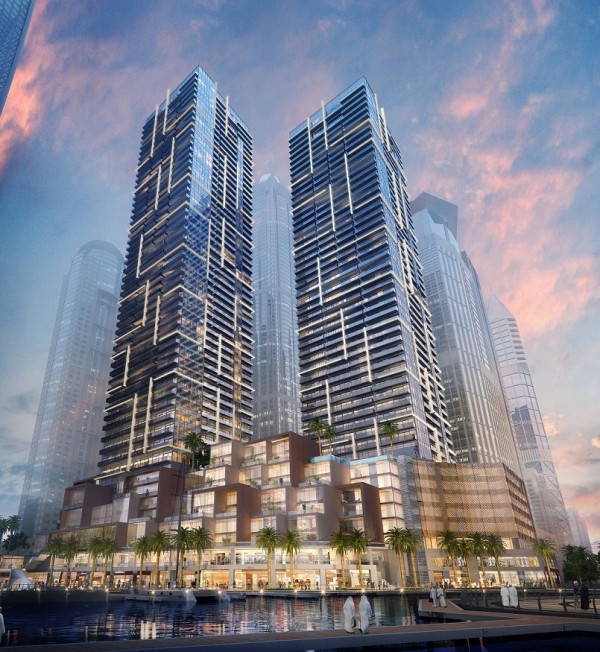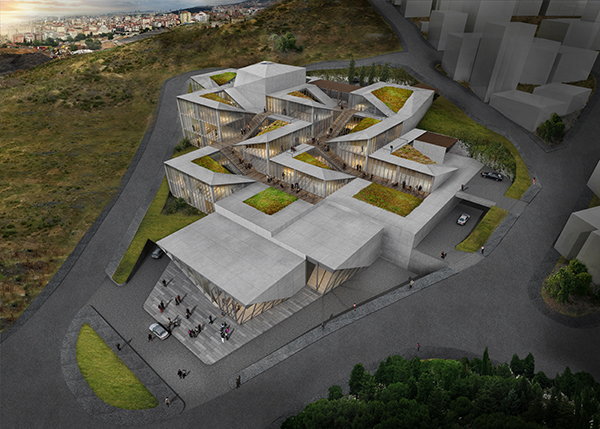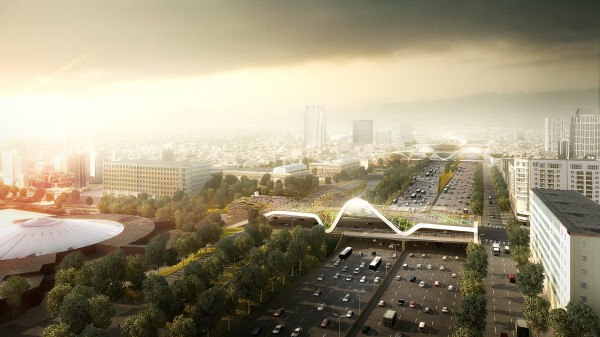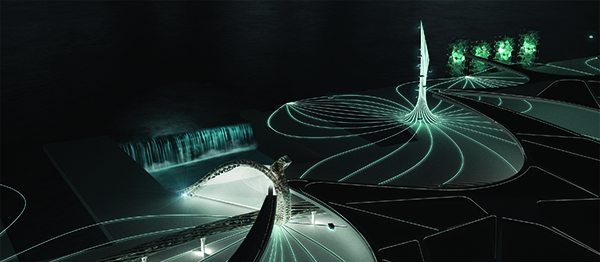“Clouds are the most evocative, poetic aspect of nature.” Gavin Pretor-Pinney
The city of Atlanta has long been considered a horizontal landscape of autonomous neighborhoods distributed over a large metropolitan area. The central core of the city is experienced by many via Interstate 75/85 (Atlanta Connector).
The bridge enhancement program can effectively communicate to a very broad audience the arrival of Downtown as a diverse and vital urban distinct.
The idea of Skyscape designed by Ricardo Zurita Architecture and Planning, sprang from the awareness that of primary importance was the need to redefine the existing relation of the large irregular geometries of the bridge to its surrounding context. Skyscape “smoothes out” the uneven edges creating a three-dimensional “facade” on the bridge for both those on the bridge and those below on the freeway.
Skyscape is a complex geometry designed using a computer-assisted parametric process. The development of geometrically complex structures is iterative, from analysis to modeling, computation and modifications, seamless between design and construction. Technical feasibility and costs are the most important influencing constraints that can be studied via the parametric process. The derivation of forms is the result of surface triangulation (based on a 3D Delaunay algorithm) that optimizes the quantity of material used and minimizes structure.
Skyscape is a “kit of parts” consisting of three self-framing structures comprised of a steel-tube supporting frame with roll-formed panels and steel attachments.
The Cloud can be a delightful and unexpected gift to the visitor to the Park as well as to the busy motorist who momentarily will find beauty and perspective by just looking up. Read the rest of this entry »


